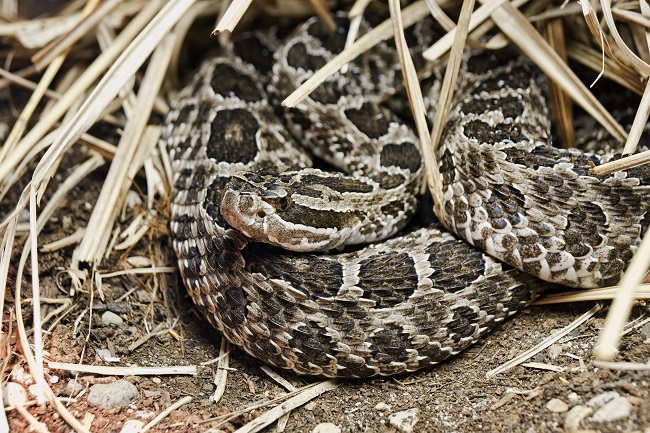Pennsylvania, particularly the western region, is home to a diverse array of snake species. From harmless garter snakes to the venomous Northern Copperhead, understanding these species is essential for both nature enthusiasts and residents alike.
This comprehensive guide will delve into the various snakes found in Western PA, exploring their characteristics, habitats, and behaviors.

Types of Snakes in Western PA
Northern Copperhead: Recognizable by their hourglass-shaped bands, these venomous snakes inhabit wooded and rocky areas.
Read Also:
Eastern Garter Snake: Non-venomous and harmless to humans, these snakes sport three light stripes on a darker background.
Eastern Milk Snake: They’re known for their blotchy pattern with red or brown patches bordered in black.
Eastern Rat Snake: Non-venomous climbers, they help control rodent populations.
Timber Rattlesnake: A venomous species with a signature rattle, they are found in forested areas.
Characteristics and Behaviors
Each snake species in Western PA displays unique behaviors and characteristics:
- Northern Copperheads are primarily nocturnal and known for their defensive freezing behavior.
- Eastern Garter Snakes are diurnal and can adapt to a variety of environments.
- Eastern Milk Snakes are secretive, often found hiding under rocks or logs.
- Eastern Rat Snakes are skilled climbers often found in trees.
Timber Rattlesnakes are solitary creatures, known for their hibernating habits in shared winter dens.
Safety and Conservation
While a few species in Western PA are venomous, most snakes are harmless to humans and play crucial roles in our ecosystem. If you encounter a snake, it’s best to leave it undisturbed.
The Pennsylvania Fish and Boat Commission provides guidelines for snake encounters and conservation efforts.
Snake Bites and First Aid
Even though venomous snake bites are relatively rare in Western PA, it’s important to know how to respond if they occur. Immediate medical attention is crucial.
While waiting for medical help, keep the bitten area below heart level and try to stay calm. Do not try to capture the snake, but try to remember its color and shape.
The Role of Snakes in the Ecosystem
Snakes play a significant role in maintaining balance in the ecosystem. They control pest populations by preying on rodents and insects. Some larger snakes even help to keep the populations of other snakes in check. By controlling the number of these creatures, snakes help to prevent damage to crops and property.
Misconceptions About Snakes
There are many misconceptions about snakes, leading to unnecessary fear and harm. For instance, many believe that all snakes are venomous and dangerous, while in reality, the majority of snakes in Western PA are harmless.
Snakes usually only bite humans when provoked or threatened. They are generally shy and would rather flee than engage in confrontation.
Read Also:
Conclusion
The snakes of Western PA are diverse and fascinating, contributing significantly to the region’s rich biodiversity. Understanding these creatures can lead to a greater appreciation for our environment and the important roles these reptiles play within it.
By educating ourselves and others about these species, we can ensure their conservation and coexist peacefully with these remarkable creatures.
























